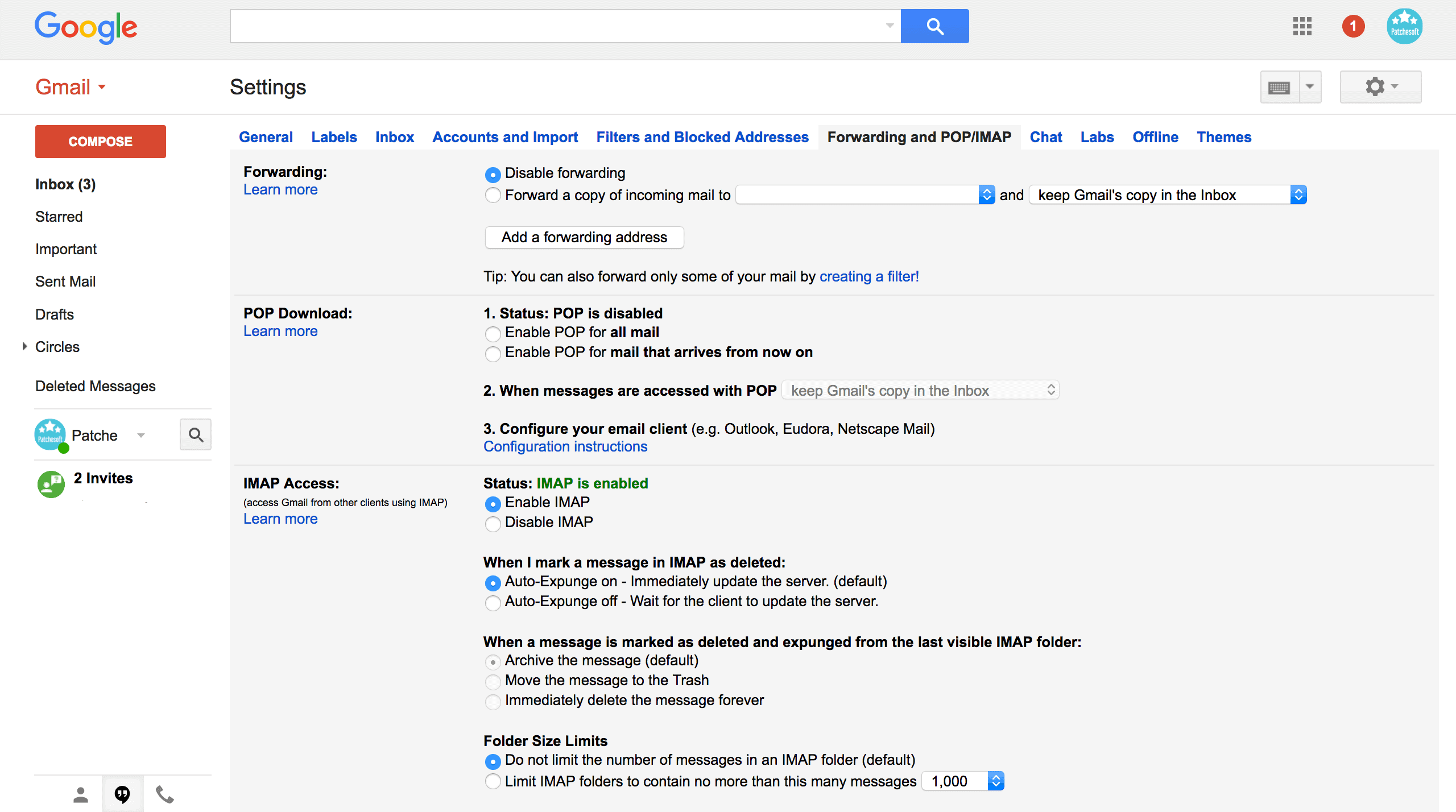You’ve had this business idea for a while now.
You’ve even held debates with yourself on whether it’s worth the risk. Not to mention that you’ve been looking for ages to find practical and secure ways to test your ideas.
But you still don’t know what the next step is.
I know the feeling, I’ve been there before and I’ve learned things the hard way: I spent around $200,000 on a product that never took off.

So, now, I use my experience to help others avoid the mistakes I’ve made when I started my business.
In less than 6 years, my team and I built over 50 products for our customers and helped entrepreneurs like yourself launch 1000+ online projects.

How did we earn our expertise? Simple. By working hard and improving with each roadmap, each release, and every iteration — and we want to help you do the same, but faster and more effectively.
That’s why we gathered all the knowledge we’ve accumulated over these years into a comprehensive guide for testing business ideas which includes only usable tactics we know work in real life.
Going further I’ll give you a sneak-peek of what the main points covered in this guide are. Among others, you’ll have the opportunity to learn:
- What Lean Validation is and how it works
- How to determine if you’re working on the right problem
- How to identify your market and target audience
- What a Minimum Viable Product is and how you can use it
- How to confirm the willingness to pay for your product
… and much more! 😃
So read on to find out how you can get your own Free Ultimate Guide that will provide you with a structured process to validate whether your idea will attract paying customers or not. 🎁
Let’s start with the basics. 👇
What Is a Lean Validation Process and How Can It Help You?
Before you invest everything you have in your vision, we recommend you to try the lean validation method that most startups use. We use this systematic process for our own clients to determine if customers find their products and services worth paying for and relevant.
But why lean?
The lean validation process allows you to test your business idea with as little waste as possible. Also, the lean methodology includes development frameworks such as Agile and Scrum that ensure this process is fast, efficient, and cost-effective. These frameworks generate reliable results that will help you make the most of your investment (and that’s what matters most when your business is in the incubation stage).
Let’s go now and explore the main 5 steps of the Lean Validation process 👇
What Are the 5 Great Ways in Which You Can Validate Your Business Idea?

Validate Your Motivation
First of all, you should ask yourself why you are doing this. As an entrepreneur, having a strong motivation helps you overcome challenges and rough patches along the road, and ultimately grow your business.
You may ask “But how can you validate something as personal and subjective as motivation?”. The answer: By asking better, tougher questions and spending some time answering them in-depth.
In order to do this, you can use the 5 Whys technique to reach the root cause that leads to your business idea.
Other questions that you should keep in mind are:
- Does this business idea align with my personal values?
- Are you qualified to undertake this challenge? Do you have the skills and knowledge to make this meaningful contribution?
- Is your motivation tied to making a meaningful contribution to a problem that hasn’t been effectively solved yet?
- What does personal success look like for this business idea?
Once you have answered all these questions, you’ll have a much clearer perspective on the underlying motivation behind your idea and on how it can make a meaningful contribution to the problem you want to solve.
Moreover, you’ll be more aware of what obstacles might come your way, what abilities/ skills will help you overcome them and what personal values will guide you on this entrepreneurial road.
Validate the Problem
In order to avoid investing time and money into something that nobody wants/needs, you should first check if people have the problem you believe they have. At the same time, you should determine if the problem you’re trying to solve is actually worth solving.
You should practice challenging your own assumptions to ensure you create your premise with as least bias as possible.

And most importantly, go out in the real world and talk to people who seem to have the problem you want to solve. If you don’t know anyone with this problem personally or cannot find at least 3 people that are really interested in what your idea offers, this is a sign to reconsider your idea.
Make sure to validate the problem you seek to solve with the right people, as this will ensure that the data you collect is relevant and helpful. Besides, the qualitative and quantitative data you gather this way can help you to easily create a buyer persona for your business idea.
Validate the Market
Get to know your audience. Like REALLY know them.
Like most important things, this takes time but, guess what, it actually speeds up your business idea validation.
You must keep in mind that validating the market entails diving deep into research. There are two things you must look into in order to get an accurate as possible picture of your market: analyze your industry and research your competition.
It’s quite a complex process that should be broken apart in stages:
- Build market knowledge through comparison (the more perspectives the better)
- Understand the driving forces in the market (explore existent trends, drivers, and research barriers to growth)
- Examine consumer behavior (follow changing consumer habits)
- Analyze the competitive landscape (see who are the key players that dominate the market)
When going through this whole process you should always remember that focus is key for building a competitive business. And that’s your goal after all.
Validate the Product
There’s a great difference between building what your potential customers need and building what you want them to need.
Not taking this into consideration can cost you dearly. I know, I’ve been there. I lost $200,000 because, back when I started my business, I lacked a proper process to help me reduce my risk and make wiser decisions.
Your story doesn’t have to end as mine did, and that’s why I’m here to help you. One of the most important things I’ve learned is that the easiest and fastest (and safest) way to test if your assumptions are correct is to build an MVP or Minimum Viable Product.

Source: Agile Software Craftsmanship
A minimum viable product (MVP) is a development technique in which new products or websites are built with enough features to attract and satisfy early customers.
How do you build an MVP? You collect feedback from initial users and use it to guide future product development until the final version is complete and ready to be launched.
It’s all about finding the common point between what you think the market needs, what your market actually needs, and what you can afford to build.
Why Should You Take Some Time to Build an MVP?
It’s the best method to get the highest value for your investment. The main benefits of building an MVP for entrepreneurs like yourself are:
- Test product hypotheses with minimal resources
- Accelerate your learning so you can improve faster
- Reduce wasted budgets, time, and engineering hours
- Get the product in front of customers as fast as possible for early validation
- Evaluate your technical partner’s abilities to build the product your customers need
- Benefit from MVP-building expertise (if the technical partner has it) and make better decisions based on insights drawn from experience
- Use it to both develop new products and expand existing ones
The general process that startups use to build MVP includes these 4 main stages: create a development plan, build your product, integrate feedback from real users and stop adding new features.
We took this model and enriched it so that it focuses on keeping the process simple and agile, allowing you to get even more value out of this experience.
The main thing we added for your benefit is that we help you prioritize the development effort. Our formula for your success is this: 👇
FOCUS (what you choose to do) + PRIORITIZATION (the order in which you do those things) = SPEED (how fast you grow)
Tip: When it comes to building an MVP, simpler is better: Keep only what your users need and try to steer clear of adding bells and whistles at this stage of validating your business idea.
Validate Willingness to Pay
Don’t be one of those entrepreneurs that build their product based only on the assumption that “If 100 people said they like my idea, then they’ll certainly buy my product when I’ve built it!”. Liking something is not the same as paying for it.
The only way to validate your potential customer’s willingness to pay is to give them a way to put their money where their mouth is. This is fundamental as it represents the key to finding the right product/market fit. It’s the moment when you discover how well your product satisfies a strong market demand and if that demand can support your business growth.
The simplest way to find out how many people want to buy your product is to create a validation website to get signups or preorders. This website will be your main source of information when it comes to why users buy/ don’t buy your products, how often your customers use your product or specific features if they understand your product as well as they should, and if the pricing you chose really reflects the value you provide them with.
What Does the Future Hold for You?

Are you looking to bring your business to life soon? Or you’re just looking for guidance for the business you already have?
If you’re looking for a reliable technical partner to build your product, website, or platform, we might be able to help. We will take time to understand your business goals and we’re transparent about our process and provide practical examples of how it works in real life.
The greatest thing about the process I’ve just walked you through is that it works for both new business ideas and existing ones that want to level up. 😉
And now, the moment you’ve been waiting for! 🎉
Our mission is to help entrepreneurs succeed and be there for them every step of their journey. And we want to show you that we really mean business.
That’s why we’ve put together a comprehensive, 72-page guide containing our 5-step framework that will help you validate your business idea with clarity and focus while saving time and money.
So make sure to get your ultimate guide here!

If you find this guide helpful in any way, don’t forget to share it with others. 😃







